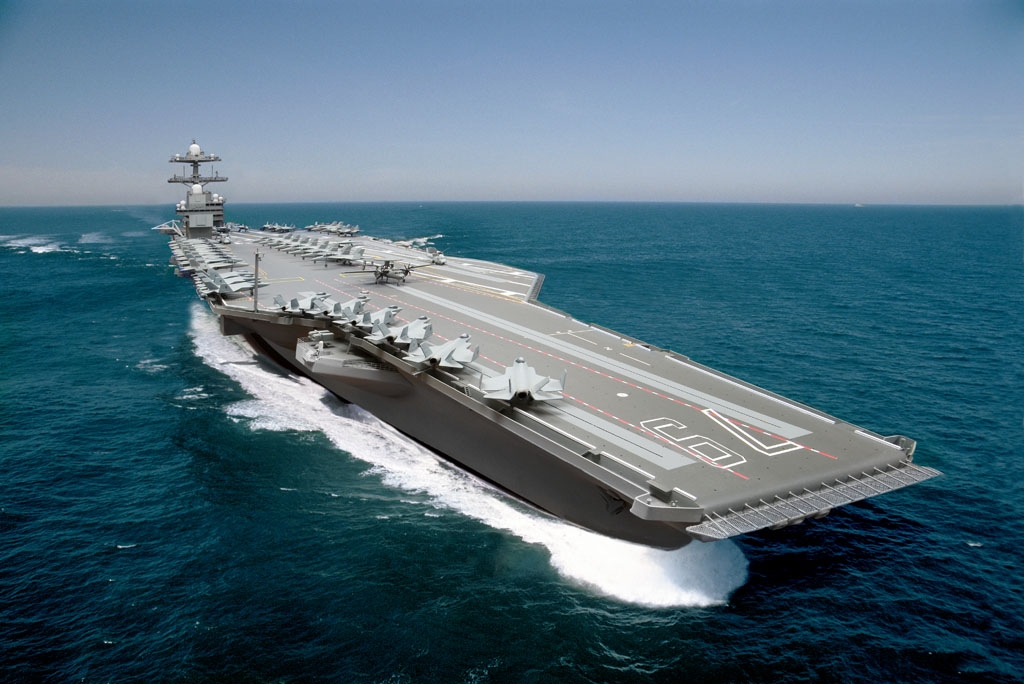
This post is also available in:
 עברית (Hebrew)
עברית (Hebrew)
Unmanned aerial vehicles (UAVs) participate in various operations involving landing aboard aircraft carriers and launching from carriers. However, the conditions at sea do not always enable their safe operation.
The United States Navy is interested in the development of precise sensors and communications systems to enable UAVs to land safely aboard aircraft carriers in electronic jamming, bad weather, and other challenging conditions.
LANTERNS project designed to improve communications between ships and aircraft seeks to develop and demonstrate an advanced landing system to improve unmanned air operations in contested environments, and move these technologies into naval aviation programs of record as soon as possible.
The Navy plans to field an unmanned carrier-based capability in the mid-2020s for refueling and high-endurance intelligence, surveillance, and reconnaissance (ISR) capability, according to military aerospace.com.
Autonomous landings rely on accurate measurements of UAV and aircraft carrier positions, headings, and similar information. Sensors can get this information by measuring aircraft and ship position, heading, pitch, roll, yaw, heave, and sway.
Measuring these different movements can come either from GPS and inertial measurement units on each aircraft and ship, or from measuring the relative position and heading of the UAV with a high-accuracy sensor onboard the aircraft carrier. For either of these two techniques to work, two-way communications are necessary, which will require advanced new technologies.
A precision ship-relative navigation solution is required, that meets demanding datalink bandwidth and range goals using antennas and radios for UAVs and aircraft carriers that integrate into the carrier-based Joint Precision Approach and Landing System (JPALS). JPALS is a ship’s all-weather landing system based on real-time differential correction of the GPS signal, augmented with a local area correction message, and transmitted to the user via secure means.

























